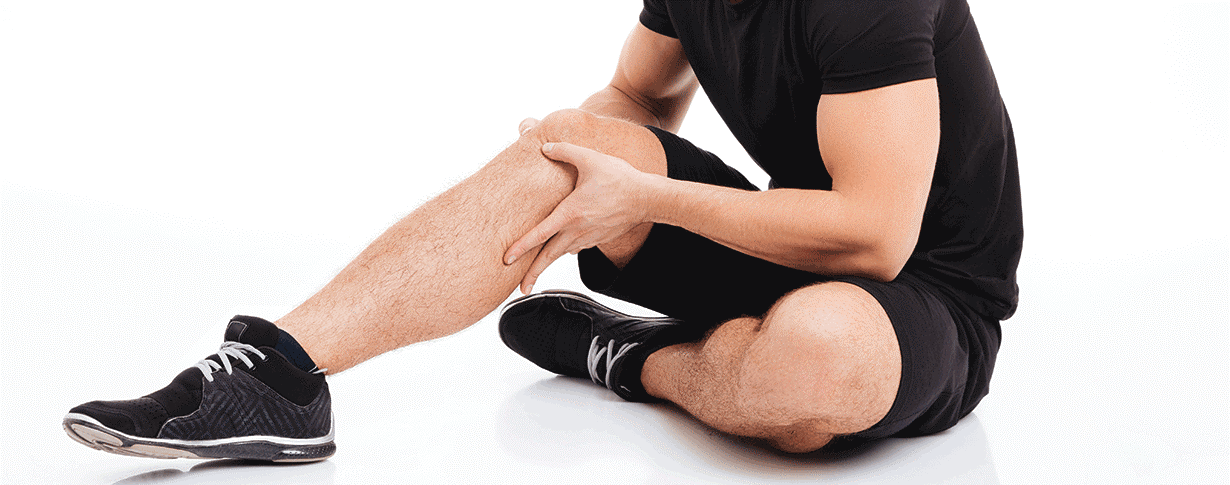Everything You Wanted To Know About Anterior Cruciate Ligament Injuries
1- WHAT IS FRONT CROSS LINK (ACL)? WHAT DOES IT DO?
It is one of the strongest of the 4 main ligaments in the knee joint and plays a very important role in the stability of the knee, especially in the rotation activities we call rotation of the knee.
2- IN WHICH SITUATIONS THE FRONT CROSS-LIGATE INJURY OCCUR MOST?
It is frequently injured in many sports activities, especially in sports such as football and skiing, especially in positions where the body continues to move when the foot is fixed on the ground, that is, the foot is stuck on something. These injuries are seen as partial or complete tears. It is more common in women. It is thought that the looseness of the ligament structure of women plays a role in this. In addition, in approximately half of the anterior cruciate ligament injuries, the meniscus or other intra-knee ligaments (Internal – External lateral ligaments and Posterior Cruciate Ligament) injuries are seen together.
3- HOW DO WE KNOW IF THE FRONT CROSS BOND IS RIPPED?
Pain and swelling are among the most important symptoms. Sometimes a sound can also be heard at the time of injury. The feeling of ejaculation during walking is also among the most common symptoms.
4- WHAT SHOULD BE DONE IN FRONT CROSS-LINGE INJURY?
The first thing to do should be to apply ice. As long as the swelling continues, ice application should be continued for 10-15 minutes every 2-4 hours for 2 weeks if necessary. Again, in order to restrict knee movements, it is necessary to use a knee brace or elastic bandage, to rest by keeping the leg elevated, to minimize load-bearing and even to use crutches if necessary and to see a physician as soon as possible.
After the examination by the physician, if there is a suspicion of ACL tear, MRI is absolutely necessary for a definitive diagnosis.
5- HOW IS THE TREATMENT OF FRONT CROSS-LIGATE INJURIES DONE?
The main purpose of early treatment is to relieve swelling in the knee. If it is understood that the ligament has been completely broken in the MRI scan performed after this, the main treatment is surgery.
It is possible to be content with only a knee-strengthening rehabilitation program for people whose ligaments are partially torn or for those who do not have a very active life even if they are torn completely. Many adults can go on with their lives after a vigorous knee rehabilitation. However, surgical treatment is inevitable for young people, active people and especially athletes. Again, surgery is usually inevitable in childhood injuries.
6- DOES A FRONT CROSS-LIGATE INJURY INCREASES KNEE Calcification?
Anterior Cruciate Ligament Injury is definitely a factor that increases calcification. Unfortunately, after ACL injuries, calcification in the knee accelerates (even if it is treated with surgery) and is seen at earlier ages.
7- WHEN TO SURGERY AND WHAT TYPE OF SURGERY SHOULD BE SELECTED?
Early surgery is not recommended immediately after ACL injuries. At the very least, reduction of swelling, normalization of knee movements and relative strengthening of the knee muscles should be expected.
The person who will decide on the type of surgery to be chosen should be the surgeon. The current situation of the patient, whether he is a woman or a man, the type of sport and lifestyle he is engaged in, and most importantly, the technique that the surgeon is more dominant, etc. factors determine the type of surgery to be selected.
Generally, grafts taken from the patient (Autograft) or grafts taken from a cadaver (Allograft) are used. However, the primary choice should be Autograft if there is no obstacle. Patellar tendon or Hamstring tendon is usually chosen as the tendon to be used. In this, the characteristics of the patient and the preference of the physician play a decisive role. The general trend has been to use the patellar tendon for the last few years.
8- WHAT SHOULD BE DONE AFTER THE SURGERY?
In the early postoperative period, it is important to apply ice and rest by keeping the leg elevated. Pillows should be avoided under the knee and care should be taken to keep the knee straight.
Although some physicians recommend various types of knee braces after surgery, the absolute necessity of knee brace application is controversial. However, knee braces are recommended by many physicians in order to prevent the feeling of knee discharge and to protect the knee in the early stages when the knee muscles are not yet strong enough.
Although the issue of weight bearing on the knee after the surgery is also controversial, weight bearing is restricted if there is a meniscus injury with the anterior cruciate ligament and if the meniscus repair is performed during the surgery. Otherwise, after the first few days of weight-bearing with crutches are restricted, it is okay to give weight gradually as the pain decreases.
It is okay to take a bath after the stitches are removed. However, thanks to special wound-protecting bandages, it is possible to take a bath earlier.
9- SHOULD PHYSICAL THERAPY BE DONE AFTER FRONT CROSSAGE INJURIES?
It is very important to start a Physical Therapy and Rehabilitation program within 1-2 weeks after surgery. A good rehabilitation increases the success of the surgery and significantly shortens the time to return to sports.
Rehabilitation should be carried out by teams (Physician of Physiotherapy and Physiotherapist) especially experienced in sports injuries. Although there are various rehabilitation protocols, the most appropriate protocol is the treatment protocol to be determined by the surgeon and the rehabilitation team, according to the patient’s condition.
10- WHEN CAN I PLAY SPORTS AFTER FRONT CROSSAGE INJURIES?
After the inclusion of sports-oriented exercises in the program in the 4th month of the rehabilitation process, it is generally considered that the 68th month is a safe time to return to sports. However, many factors affect the time to return to sports.







